Types of Hair Loss Disorders
Alopecia
Alopecia is a blanket term for hair loss of any kind. There are many types and causes of hair loss (alopecia), most of which can be effectively treated. Hair loss may be genetically inherited, or it may be caused by a variety of other factors including protein or other dietary deficiency, hormonal imbalance, and stress. Hair loss can also be the first sign of an otherwise undiagnosed or undetected underlying illness.
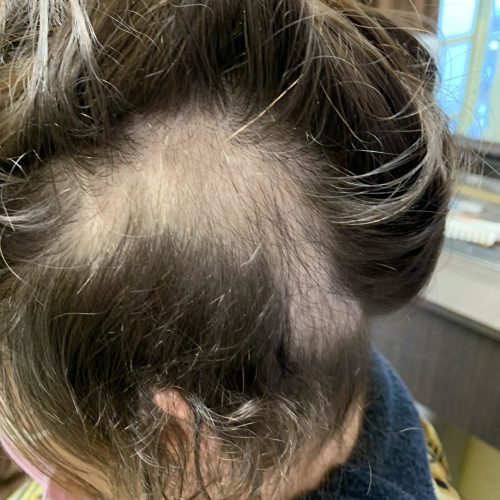
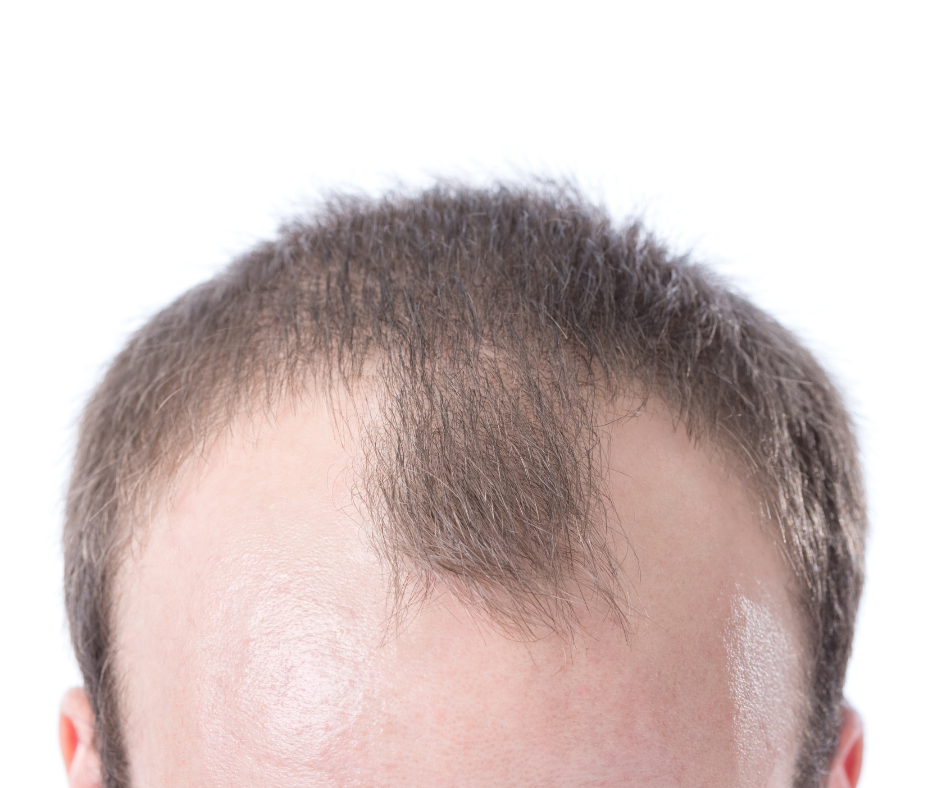
Androgenetic Alopecia
The most common type of hair loss for men and women is androgenetic alopecia. It is also the most difficult to manage. For males it can start as early as age sixteen for females age twelve. With this type of alopecia and having a genetic predisposition, it is imperative that you seek the assistance of a trichologist immediately. Our multi-therapeutic approach is the most effective holistic treatment to date.
Although there is no cure for this condition, hair loss can be limited or slowed down in some cases and treatments are likely to be more effective on women than on men. The important thing to understand is getting to a trichologist as soon as you see the first sign of hair fall, especially genetically induced, will increase your chances of potentially recovering your hair.
Scarring Alopecia
Scarring alopecia such as cicatricial is one of the most difficult to manage. It can occur after infectious scalp disorders or, more rarely, they are auto-immune conditions (when the body attacks the hair follicle as it would invading bacteria). Bacterial and fungal infections are the common causes. The trichologist and doctor will have to partner to arrive at a solution.
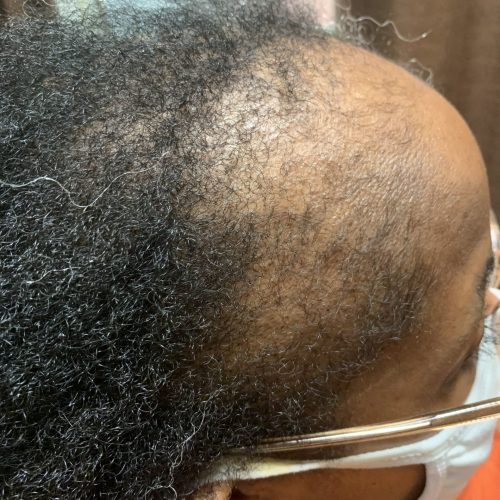

Other Alopecia
Other types of alopecia that you may have heard of include alopecia areata, alopecia totalis, alopecia universalis and traction alopecia (there are others, too). These are all entirely distinct from androgenetic alopecia and have a much better chance of responding to professional diagnosis and treatment.
Thyroid Disorder
Hair problems including decreased manageability may rarely be one of the first signs of the thyroid being out of balance. The hair loss, if any, will be diffuse alopecia, and the condition has no pattern of loss and can therefore be confused with several other conditions, including androgenetic alopecia in women. The hair is in the telogen cycle and the body is short of protein, mineral or iron. Expert trichological or medical advice is essential, but, providing early treatment is initiated, full recovery of the hair should occur. Correct diagnosis will require blood tests from a medical professional.
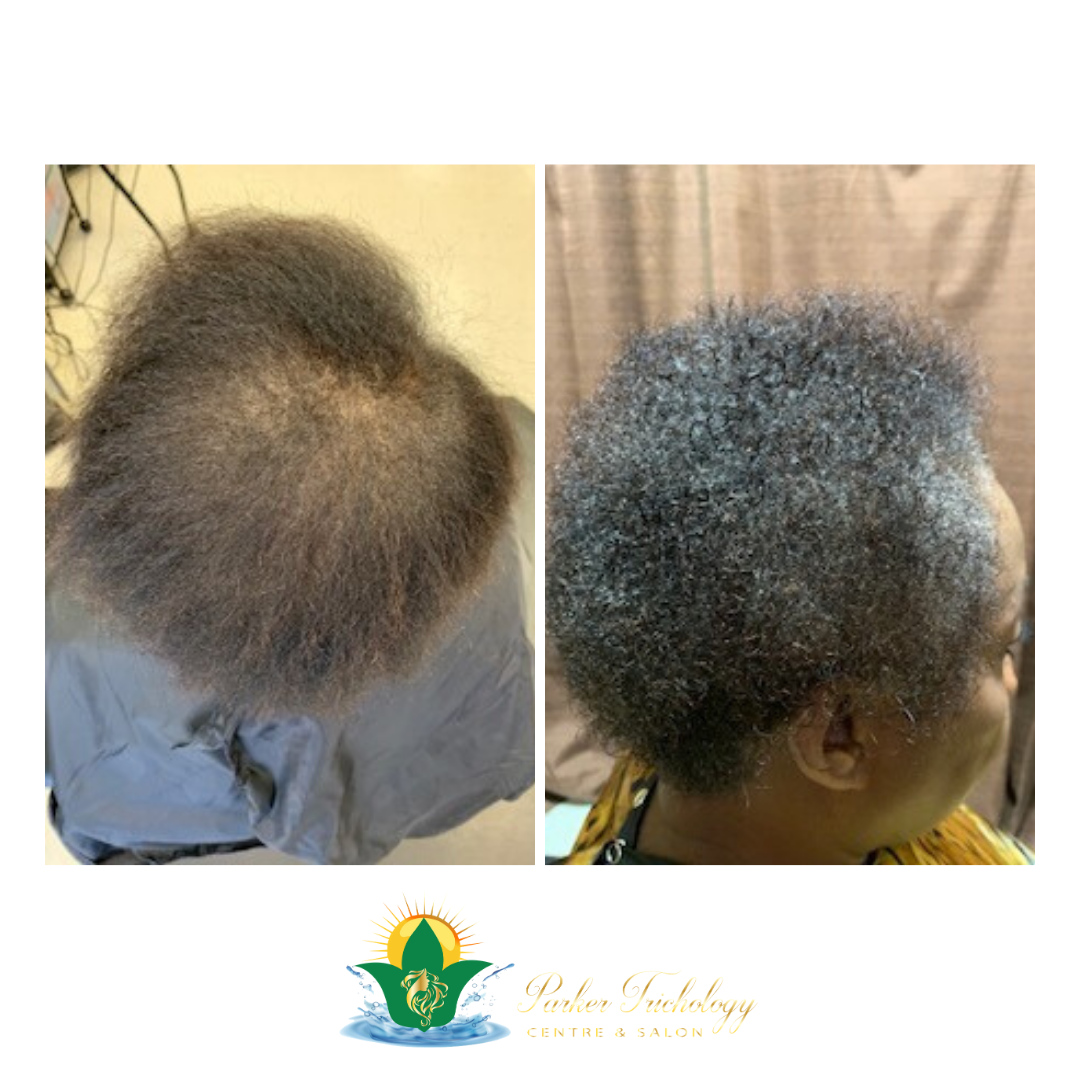
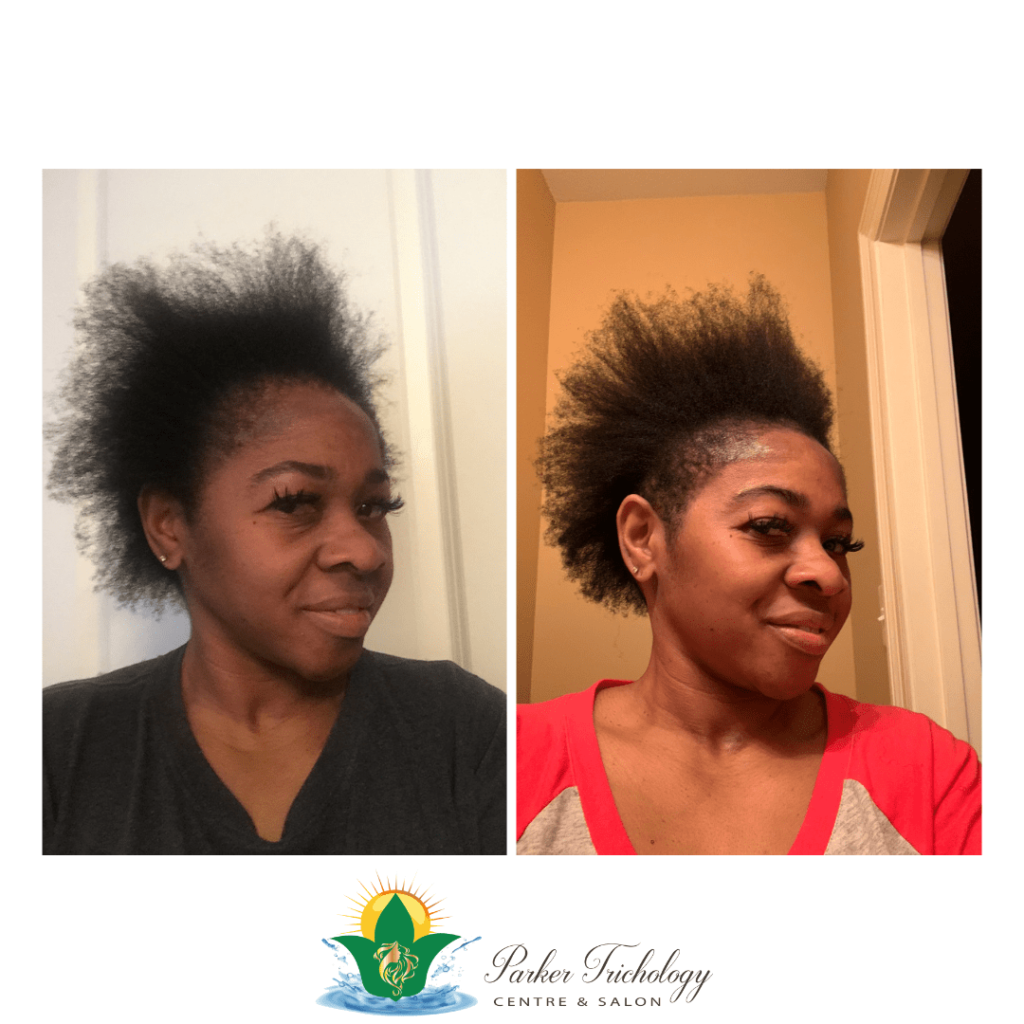
Iron Deficiency
More and more cases of diffuse hair loss in women are attributable to iron deficiency. This is more probably common among vegetarians and those with eating disorders. It is not always appreciated that iron deficiency can occur even though a patient is not clinically anemic and has normal hemoglobin levels. As with thyroid problems, with which the symptoms of iron deficiency can be confused, a blood test is essential to correct diagnosis.
Traumatic Hair Loss Breakage
This type of hair loss is caused by hairdressing damage and other traumas involving chemicals, heat or physical trauma. Often the sufferer is unaware of the causative factors. If treated before the scalp is damaged, hair will regrow.

Get the latest updates first!
Let’s Connect
If you would like to schedule a consultation to discuss your hair and scalp treatment feel free to contact us using the form below.

